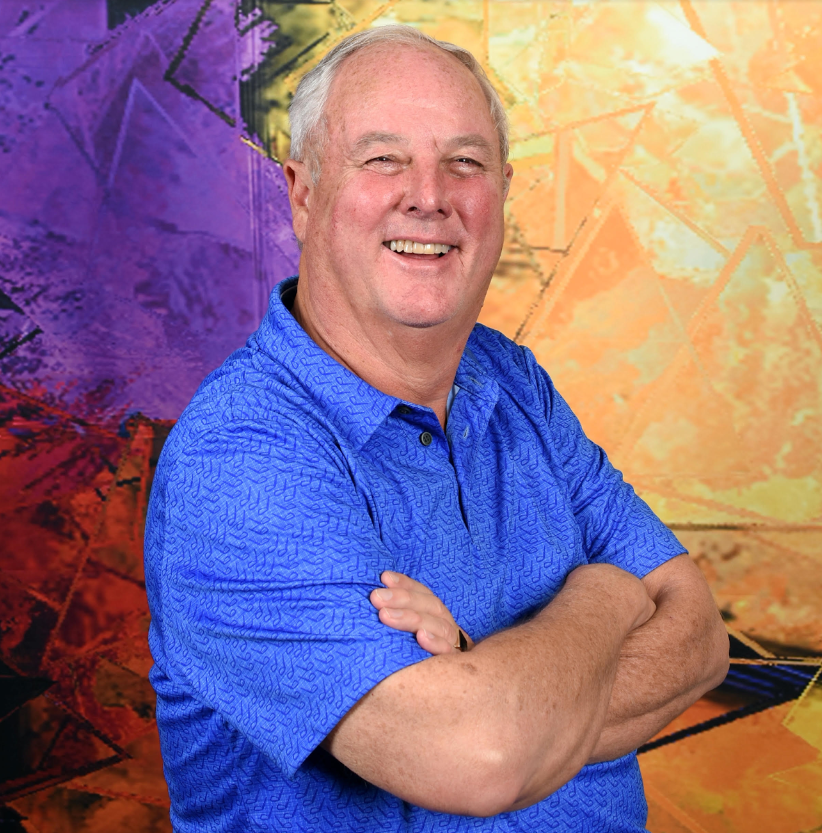
Ways to Give Back—Investing in NGOs
By Dr. Mark Matheson
In 1998 Cindy Packard, a midwife from Arizona, learned about the devastating poverty and lack of women’s health practices from a friend who visited Africa. She set out on a trip to Mozambique to see how she could help.
As Packard immersed herself in the culture and lifestyle, she soon realized that there were many more problems than she could fix. Feeling overwhelmed one day, Packard asked an elderly man, “If you could boil down all of your problems into one solution, what do you think it would be?” After a moment of thought, he answered, “We need knowledge.”
This was a turning point for Packard. After her trip, she and her husband, Blair Packard, researched the best practices for humanitarian aid and quickly realized they didn’t want to just give stuff. Giving was helpful to an extent, but it can also create a dependent culture.
The Packards founded the NGO or non-profit organization, Care for Life, with self-reliance as the center of its mission.
Now, Care for Life goes to poor villages and stays for 32 months, teaching the people how to become self-sufficient while focusing on the family. The Family Preservation Program (FPP) focuses on four areas of improvement: family goal setting, community leadership development, community programs, and individual family mentoring and support.
Families are taught about sanitation and health practices, small business development, how to grow a garden, and basic literacy—how to read and write. A unique and important part of the program is leadership. Care for Life employs local people to teach the community, because they understand the culture best and know the best ways to teach and help their communities. The program is also unique because of its incentive program. After families make goals and complete them, they can earn things such as bricks to build latrines or seeds for their garden. Villages must earn improvements or learn how to make them themselves.
Care for Life is now over twenty years old and has refined and perfected their program practices. Like any other thriving LLC or for profit company, they know their trade well and they know how to do it best. They have decreased maternal deaths by 78% and infant deaths by 57% in their control villages.
In fact, Care for Life’s model has proved successful and other companies are asking to adapt and use their practices. For example, after learning about their success in Mozambique villages, one Utah tech company is funding to take the Care For Life model to another African country.
As one of the newest members on Care for Life’s board, I love what has been accomplished with just bootstrapping. As I have been observing and participating in social entrepreneurship for many years now, I haven't found a better model for trying to get people off the bottom rung of the ladder and on to the next rung. At Care for Life, we’re not solving all poverty, but we’re helping to conquer the most extreme poverty—those living on a few dollars per day, and don't know where to turn. At this level, Care for Life has been very effective and serves as a good model.
From my perspective as a Care for Life board member, I had an epiphany—we have mergers and acquisitions all the time in the business world, why don't we do that more in the nonprofit world?
Let's say someone sells a tech company in Utah and that person is now sitting around with a couple of hundred million dollars thinking, ‘Now what am I going to do with the rest of my life? I want to give back.’
Many of us are moved by the plight of the poor, but we don’t know what to do. Just giving money to Africa in the past has been ineffective. Why do we often throw charitable dollars at NGOs and don’t hold them up for investment scrutiny like we do with business investments?
I foresee that as savvy business people apply sharp business principles to the NGO world, we can finally make a dent in alleviating extreme poverty. I challenge an individual or company in Utah’s tech community to acquire a well-run NGO or invest in a nonprofit that has a proven track record that can be scaled.
 TechBuzz welcomes new perspectives and insights from guest authors from the Utah community. Over his career, Dr. Mark Matheson has served as partner and director at three investment banks and has taught business management at three universities. Now mostly retired from the financial services industry, Dr. Matheson volunteers and advises for profit and non-profit organizations. He has a Bachelor’s in Chemical Engineering from The University of Utah, an MBA from Harvard, and a doctorate in Organizational Leadership from the University of Phoenix and resides in the Salt Lake City area.
TechBuzz welcomes new perspectives and insights from guest authors from the Utah community. Over his career, Dr. Mark Matheson has served as partner and director at three investment banks and has taught business management at three universities. Now mostly retired from the financial services industry, Dr. Matheson volunteers and advises for profit and non-profit organizations. He has a Bachelor’s in Chemical Engineering from The University of Utah, an MBA from Harvard, and a doctorate in Organizational Leadership from the University of Phoenix and resides in the Salt Lake City area.









